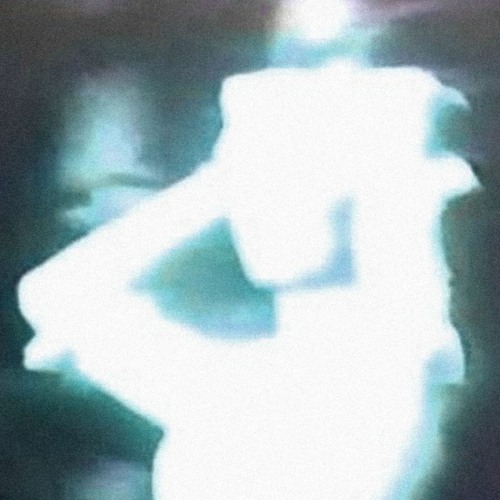

NRs change their transcriptional activity upon the binding of small molecules such as hormones ( Bain et al., 2007 ).

Canonical NRs seem to have appeared with the metazoans ( Thornton et al., 2003 ). In higher eukaryotes, for example, the signal transduction of several stimuli is orchestrated by the NR superfamily of transcription factors ( Gronemeyer et al., 2004 ). Several of these features described for Neurospora light signaling resemble the evolutionary architecture adopted by vertebrate nuclear receptors (NRs). This histone modification has been shown to be under the control of the Neurospora histone acetyltransferase (HAT) Neurospora Gcn Five-1 (NGF-1), homologous to Saccharomyces cerevisiae HAT Gcn5p. Histone H3-K14 at light-inducible promoters (i.e., albino-3 and vivid) transiently increases its acetylation levels after photoinduction ( Grimaldi et al., 2006 ). Neurospora light signaling also involves chromatin modifications. Evidence suggests that such light-mediated transcription depends on White Collar proteins binding to responsive elements within the promoters of target genes ( Carattoli et al., 1994 Froehlich et al., 2002 Liu et al., 2003 ). When WCC is activated upon light stimulus, a transient expression of light-responsive target genes ensues ( Baima et al., 1991 Ruger-Herreros et al., 2011 ).Ī whole-genome microarray of Neurospora revealed that ∼5.6% of transcript amounts rapidly increased after stimulation with a light pulse ( Chen et al., 2009 ). WC-1 is both a photoreceptor and a zinc-finger DNA-binding protein, whereas its partner, WC-2, contains transcriptional activation domains essential for the WCC to function properly ( He et al., 2002 Cheng et al., 2003 ). Light-signal transduction in Neurospora is mediated by the White Collar complex (WCC), a heterodimer of WC-1 ( Ballario et al., 1996, 1998 ) and WC-2 ( Linden and Macino, 1997), proteins that form a photoresponsive transcription factor complex ( Crosthwaite et al., 1997 Talora et al., 1999 Cheng et al., 2002 ). In Neurospora, one of the most important extracellular cues is light, and a proper response to this stimulus is crucial for its survival. During evolution various mechanisms have been selected to enable an organism to rapidly sense and respond to environmental light cues. Overall our data indicate that Neurospora and higher eukaryotes share a common mechanism for the signal transduction of environmental stimuli.Īll organisms need to respond to rapid changes in their environment. Finally, we provide evidence for a NGF-1–independent acetylated form of WC-1. Our data suggest that a WC-1/NGF-1 complex is preassembled in the dark on light-inducible promoters and that, after exposure to light stimulation, NGF-1–associated HAT activity leads to histone H3 acetylation and transcriptional activation. To support this view, we show a direct association between WC-1 and NGF-1 that depends on a WC-1 region containing a conserved functional LXXLL motif, a signature previously described as being an exclusive feature of NR/coactivator interaction. Here we describe a scenario in which WC-1 represents a functional orthologue of NRs and acts through association with the chromatin-modifying coactivator NGF-1, which encodes a homologue of the yeast Gcn5p acetyltransferase. Its location in the nucleus and heterodimerization with WC-2, together with the presence of a zinc-finger DNA-binding domain and an environmental sensor domain, all resemble the functional evolutionary architecture adopted by vertebrate nuclear receptors (NRs). In addition to its transcriptional activity, WC-1 is able to directly sense light stimuli through a LOV sensor domain. In Neurospora crassa and other filamentous fungi, light-dependent–specific phenomena are regulated by transcription factors WC-1 and WC-2.


 0 kommentar(er)
0 kommentar(er)
